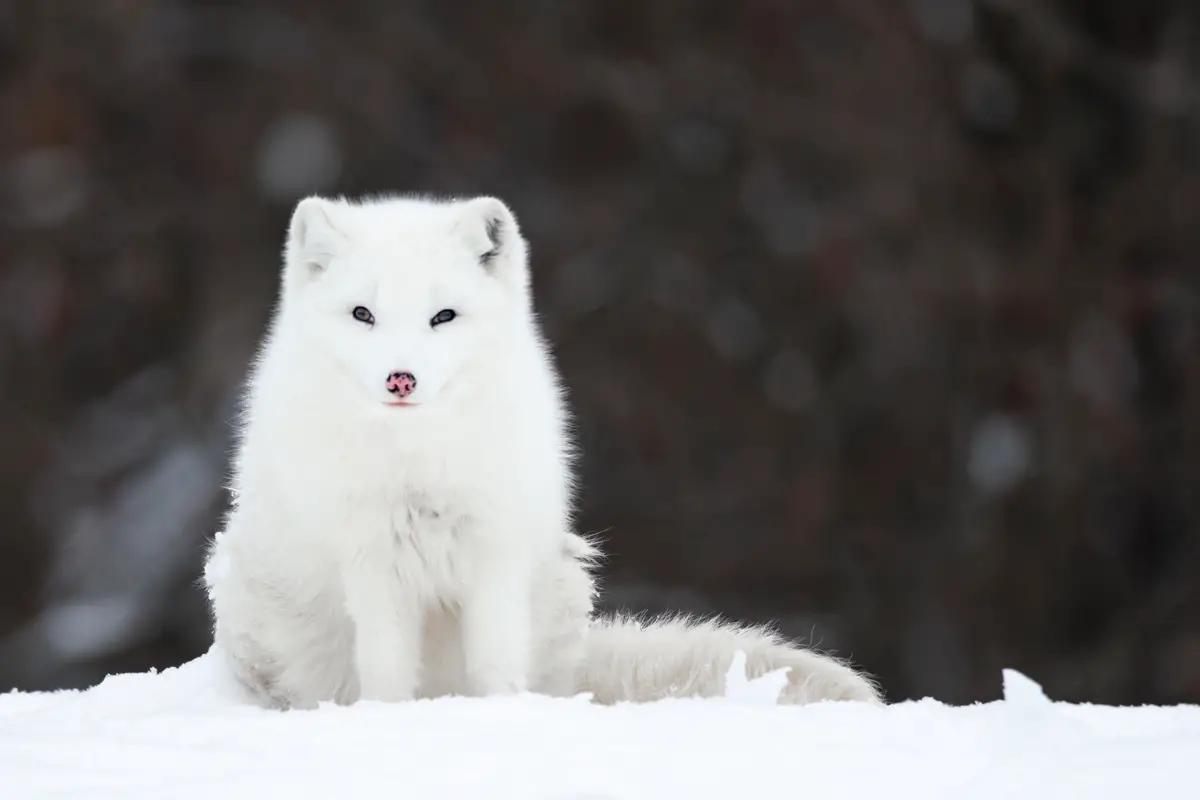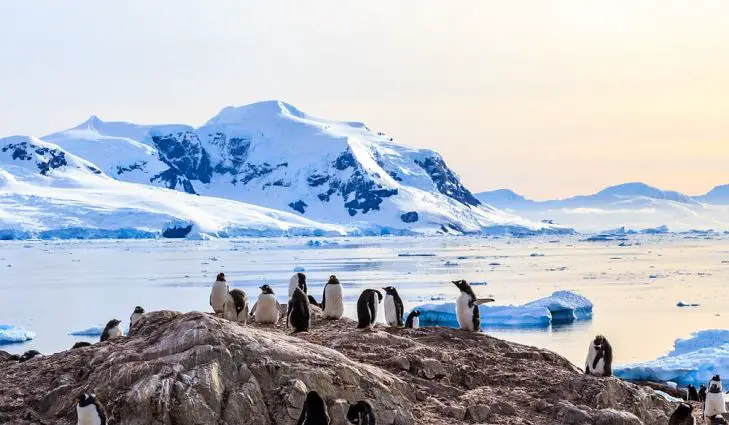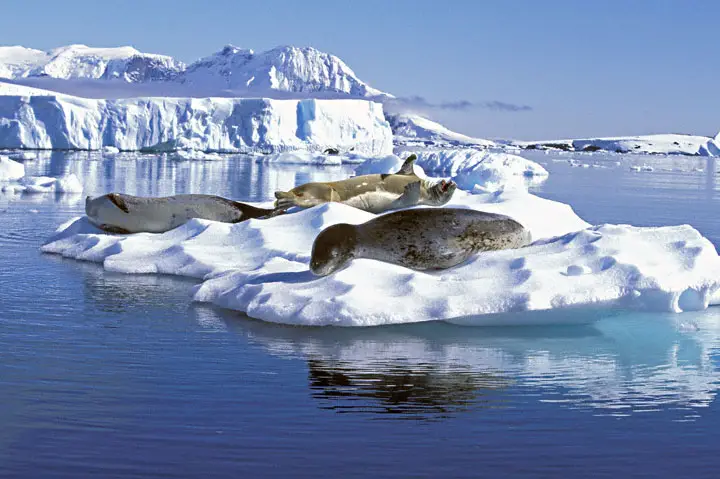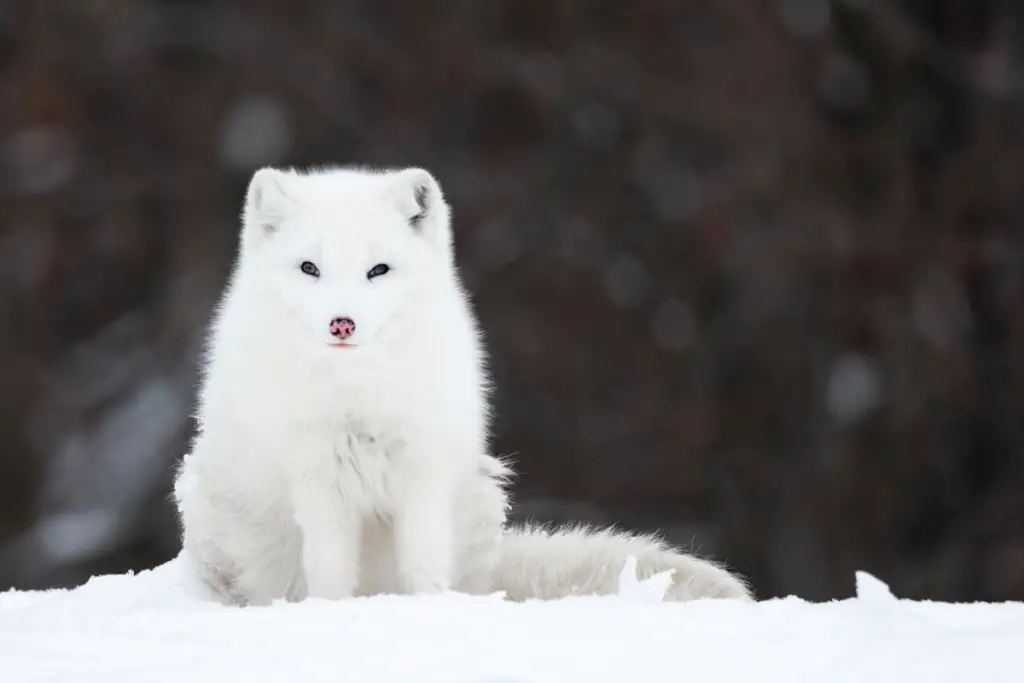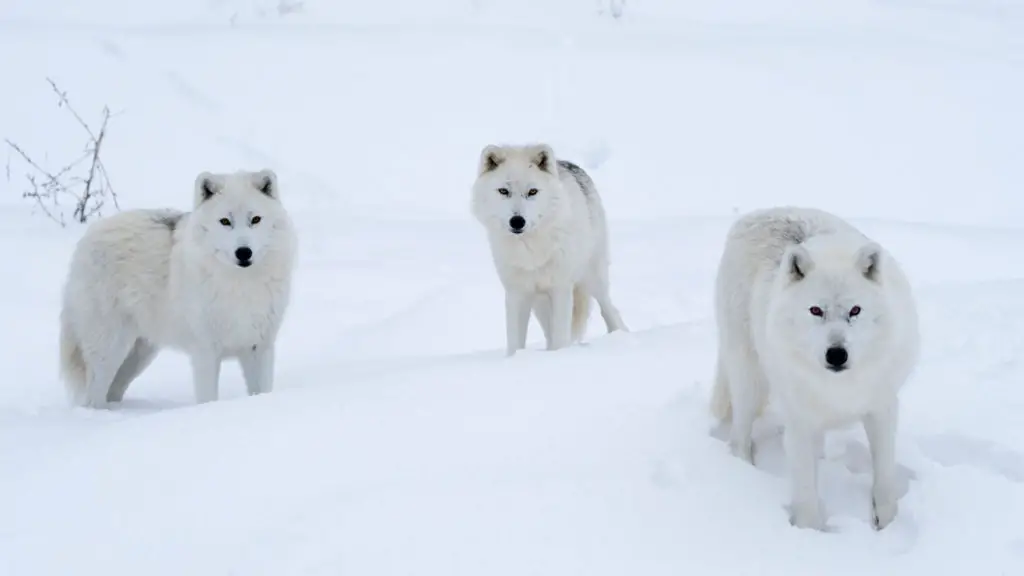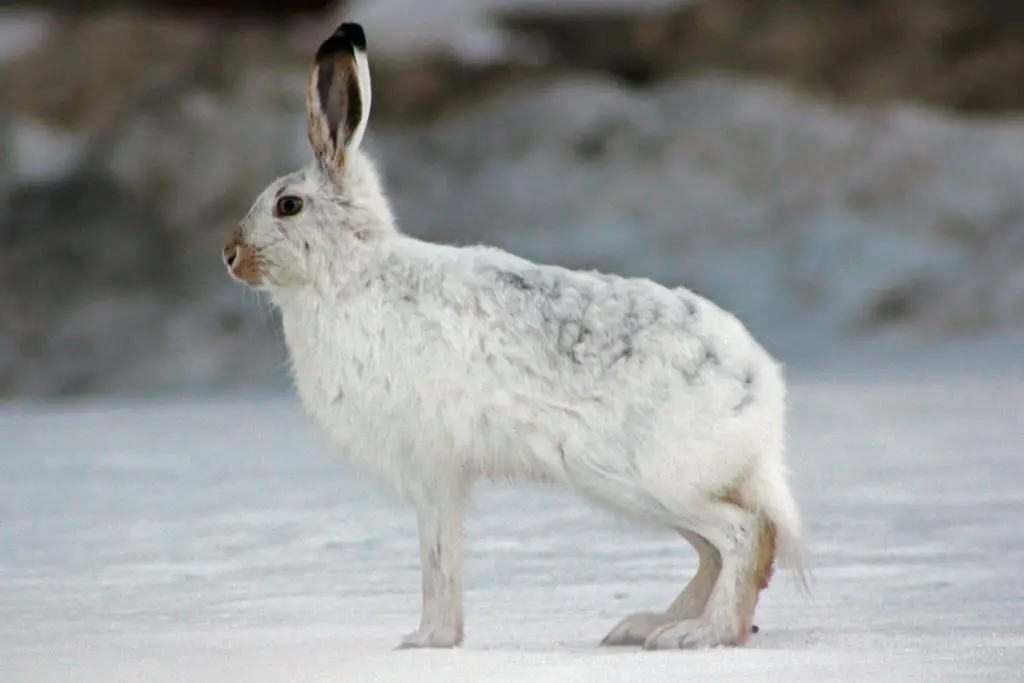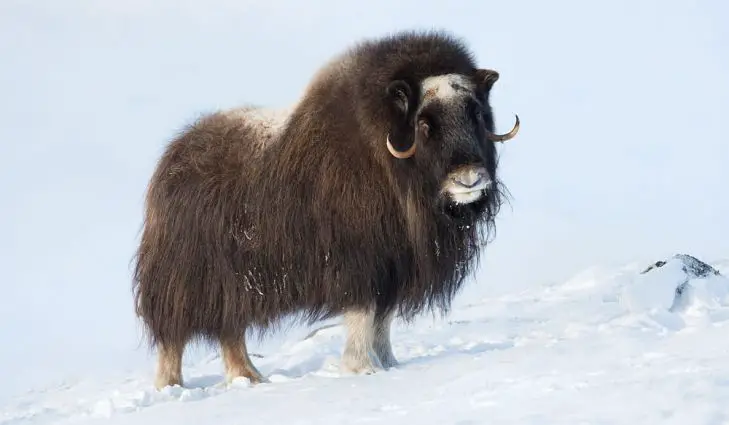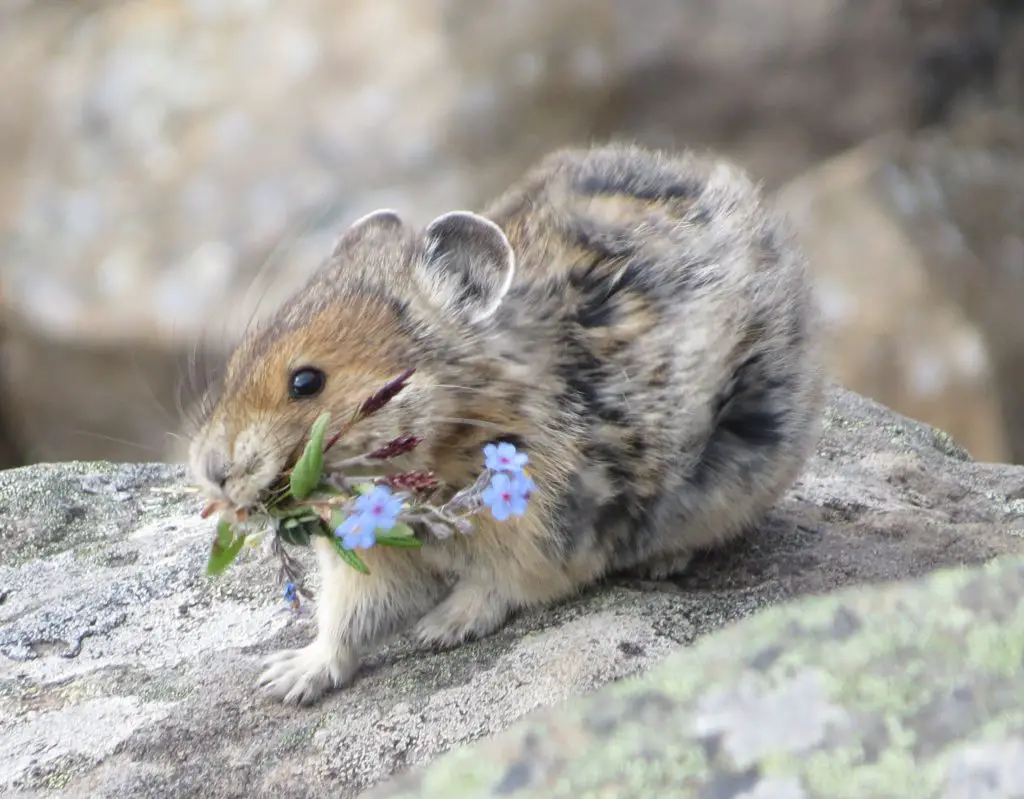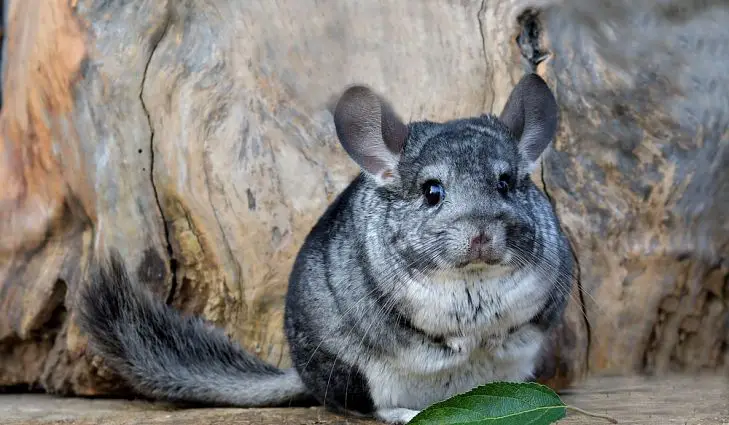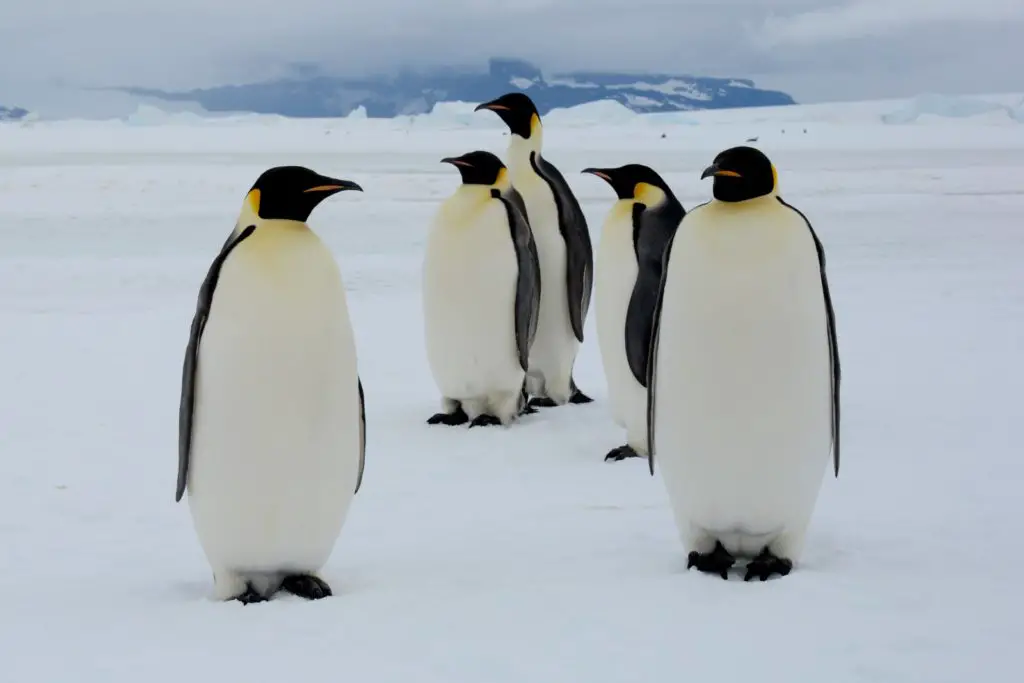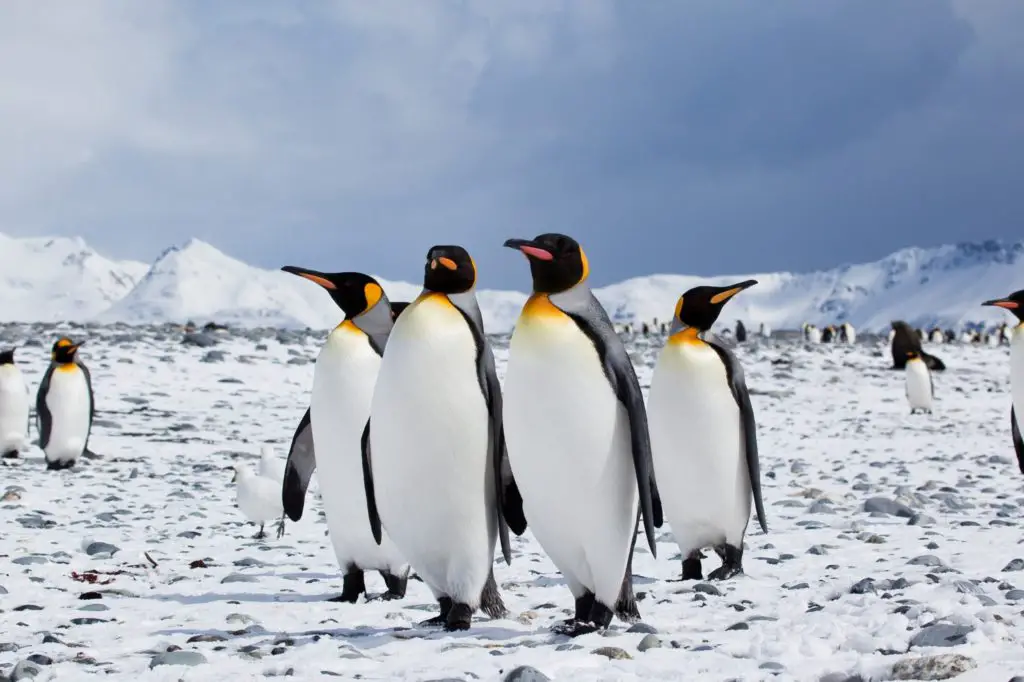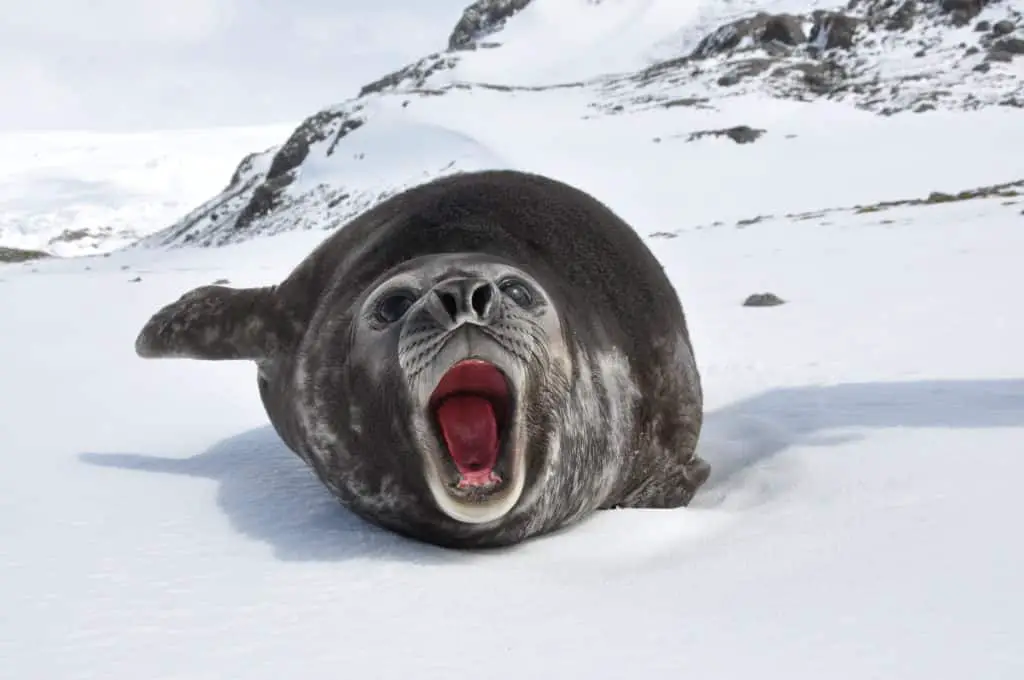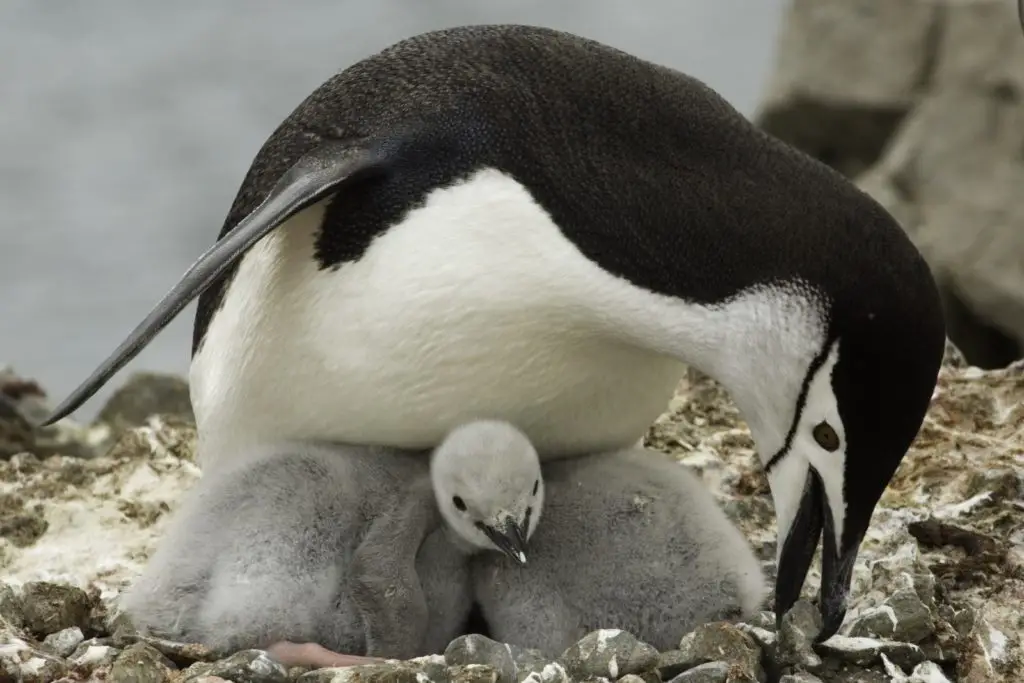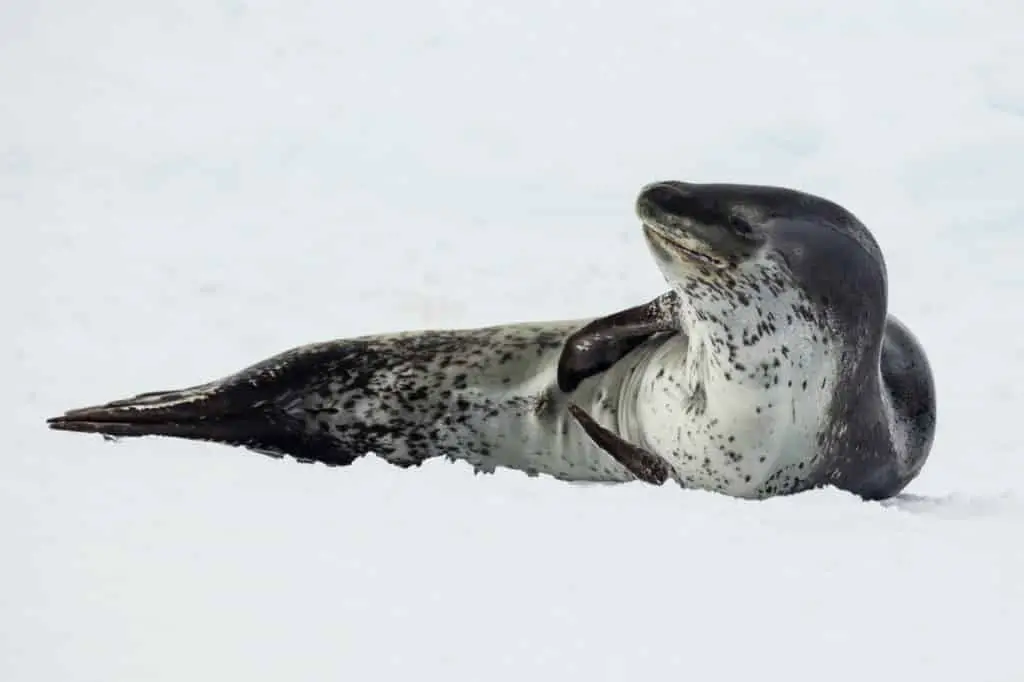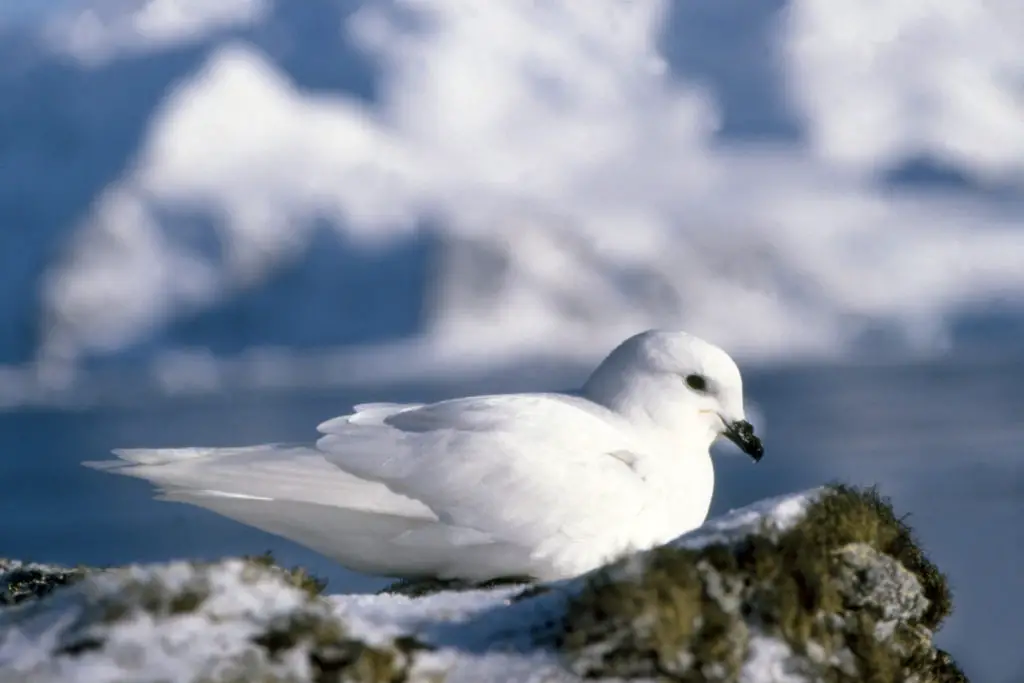The coldest of all the biomes is the Tundra biome. These types of terrain are known for the frigid temperatures, treeless plains, little to no rain, and the beautiful animals that live there. In all, there are three types: Arctic, Alpine, and Antarctic.
Contents
Location
All three have varying locations around the world with the exception of the obvious Antarctic tundra.
Arctic Tundra
The Arctic tundra can be found in regions just below the Arctic ice caps, mostly in Alaska, Canada, and Siberia.
- North America – Northern Alaska, Canada, Greenland
- Northern Europe – Scandinavia
- Northern Asia – Siberia
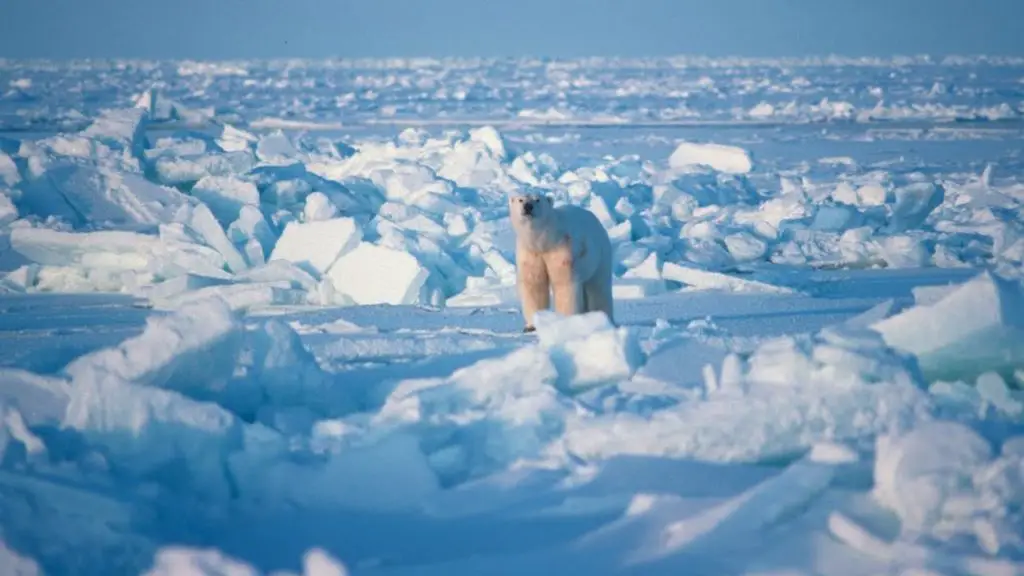
Alpine Tundra
The alpine tundra regions are spread throughout different continents. For example, the alpine tundra is located: Rockies, Sierra, and the Cascade Mountains in North America, the Andes in South America, the Himalayas in Asia, the Alps and Pyrenees in Europe, and the Rift Mountains of Africa (see more about mountain terrain here).
- North America – Alaska, Canada, U.S.A., and Mexico
- Northern Europe – Finland, Norway, Russia, and Sweden
- Asia – Southern Asia (Himalayan Mountains), and Japan (Mt. Fuji)
- Africa – Mt. Kilimanjaro
- South America – Andes Mountains
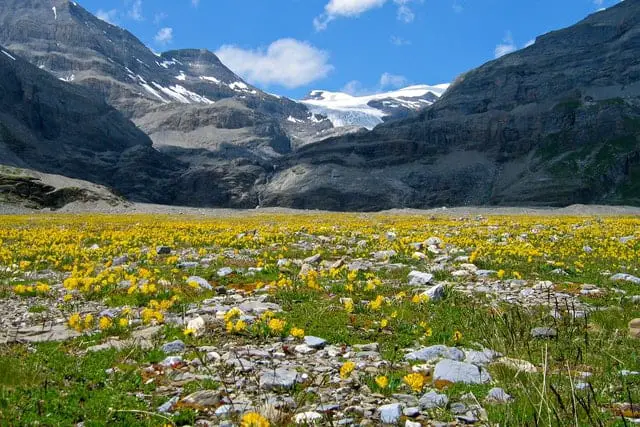
Antarctic Tundra
The Antarctic tundra is located in the Southern Hemisphere around the South Pole and around the several Antarctic and subantarctic islands, including South Georgia and the South Sandwich Islands.
Animals
The tundra biome is home to a variety of animals. Here are a few of them based on the type of tundra that they live in:
Arctic Tundra Animals
Alpine Tundra Animals
The following animals can be found in alpine tundra regions:
Antarctic Tundra Animals
The following animals can be found in the Antarctic tundra regions:
Tundra Biome Climate
Tundra ecosystems are treeless areas found in the Arctic and on the tops of mountains, where the climate is cold and windy, and precipitation is limited.
Tundra lands are covered with snow for most of the year, however, summer bears many different types of wildflowers. The Tundra has very cold temperatures and regularly dry conditions. Temperatures rarely rise to more than 10o C (50oF) during the summer.
Arctic Climate
The arctic is very severe. The ground is always covered in ice and snow (although that is changing as temperatures rise and several glaciers have melted). The average annual temperature is -56 degrees celsius. In winter the average temperature is -28*C. During the summer the sun almost shines for 24 hours a day.
The average temperature is 3 to 16 degrees celsius. It has desert-like conditions. It is a windy place and winds can blow 30 to 60 miles per hour.
Alpine Climate
The alpine is very cold, snowy, and windy. The Alpine summer temperatures range from 10 to 15 degrees celsius. In winter, temperatures are below freezing. It is cold and dry. The night time is always below freezing.
Tundra Biome Plants & Vegetation
Tundra plants absorb heat by growing close to the ground. The heat comes from the soil which receives it from the sun.
Most trees in the tundra are dwarf trees and the plants are usually cushion plants. That means they grow close to the ground. Plants in the tundra include:
- Arctic Moss
- Arctic Willow
- Caribou Moss
- Labrador Tea
- Arctic Poppy
- Cotton Grass
- Lichens
- Moss
- Pygmy bitterroot (Alpine regions)
- Beargrass (Alpine regions)
- Purple fringe (Alpine regions)
Sources:
- https://www.nationalgeographic.com/environment/habitats/tundra-biome/
- https://traveltips.usatoday.com/need-travel-tundra-biome-63816.html
- https://ucmp.berkeley.edu/glossary/gloss5/biome/tundra.html
- https://www.coolantarctica.com/Antarctica
- https://www.thoughtco.com/land-biomes-tundra-373498
- https://paulding.instructure.com/files/3007744/download?download_frd=1
- https://en.wikipedia.org/wiki/Climate_of_the_Arctic
- https://simple.wikipedia.org/wiki/Alpine_climate
